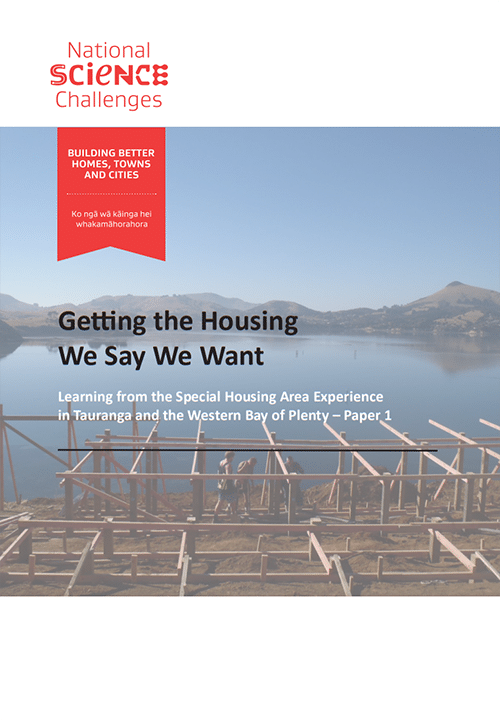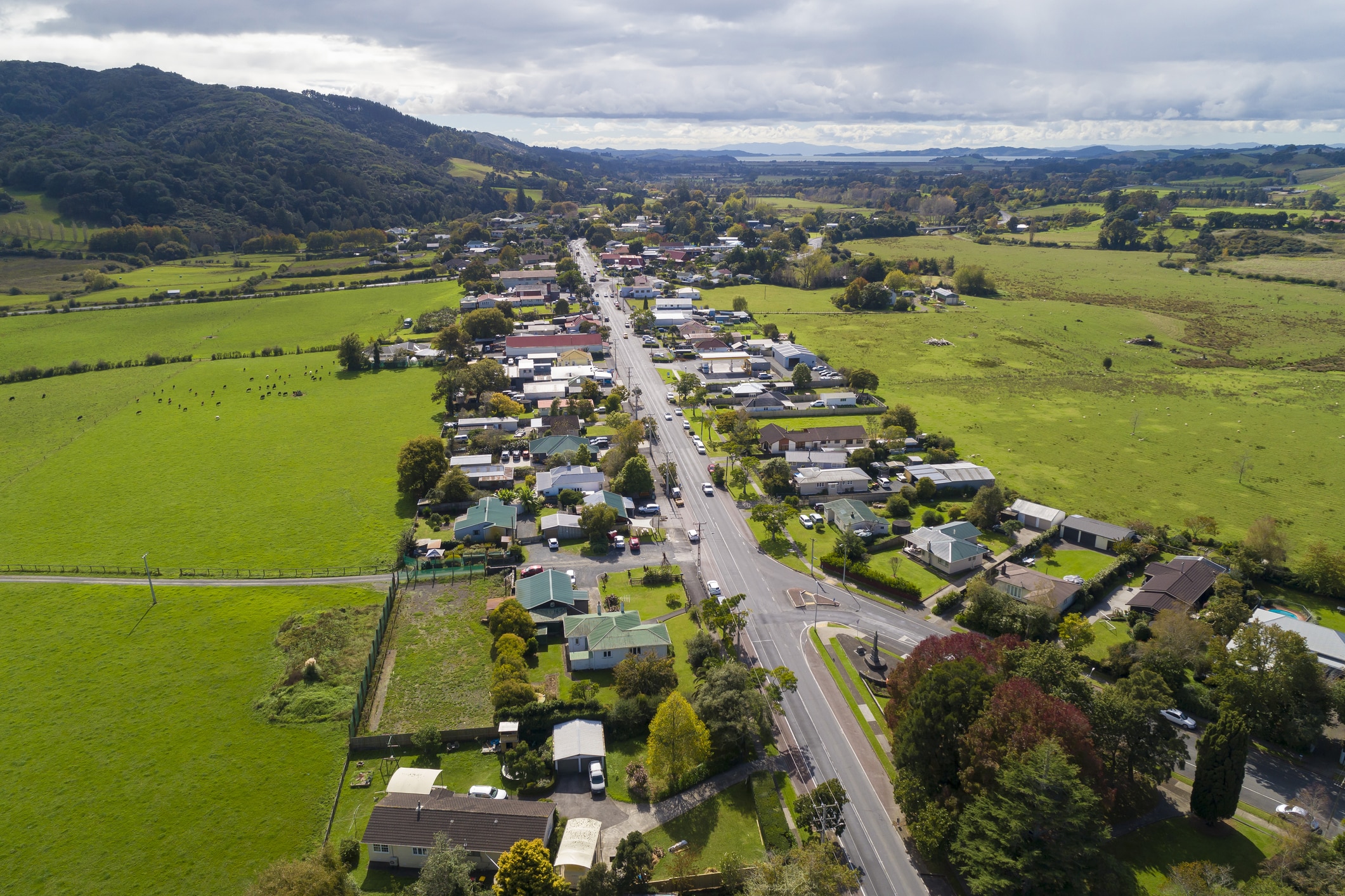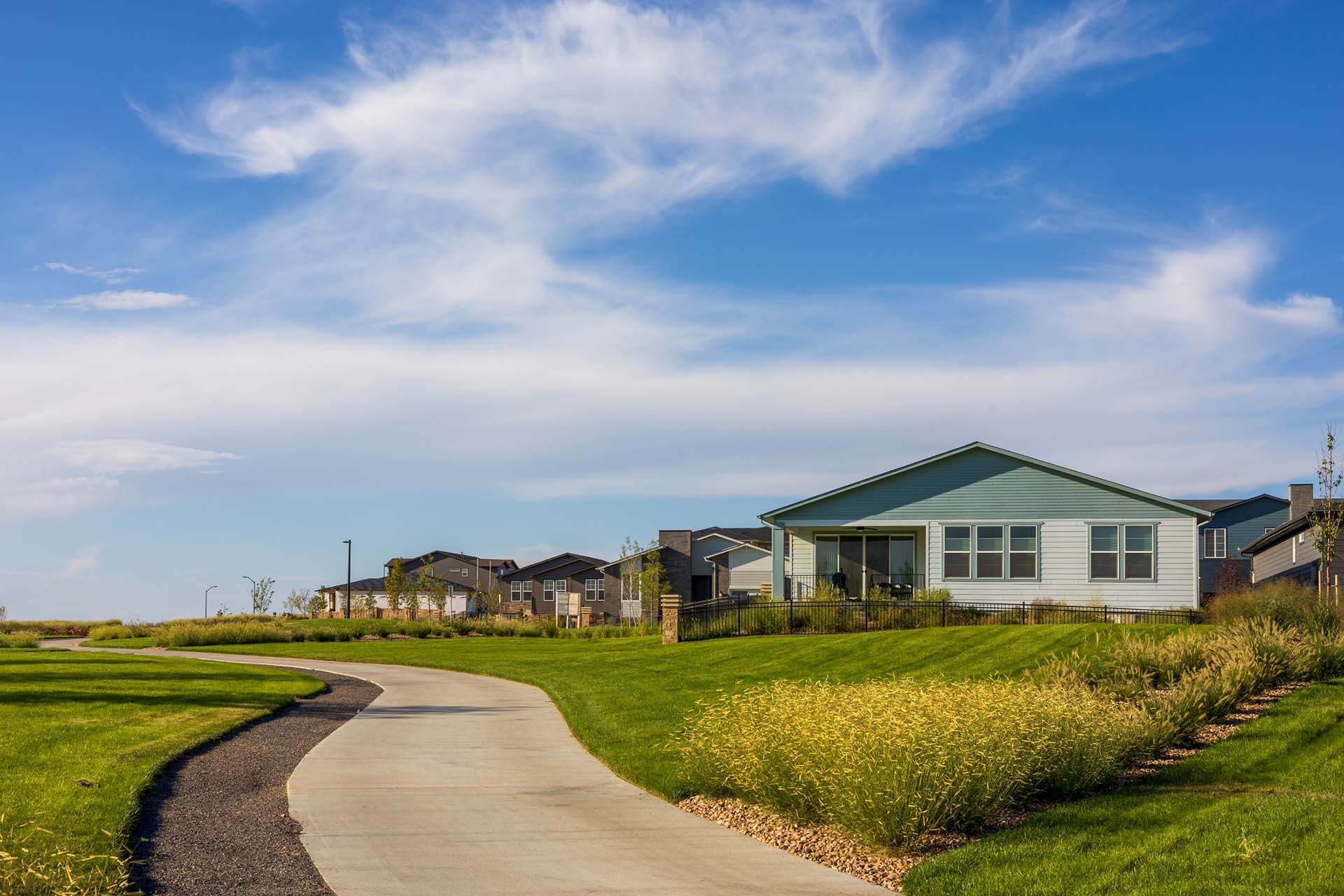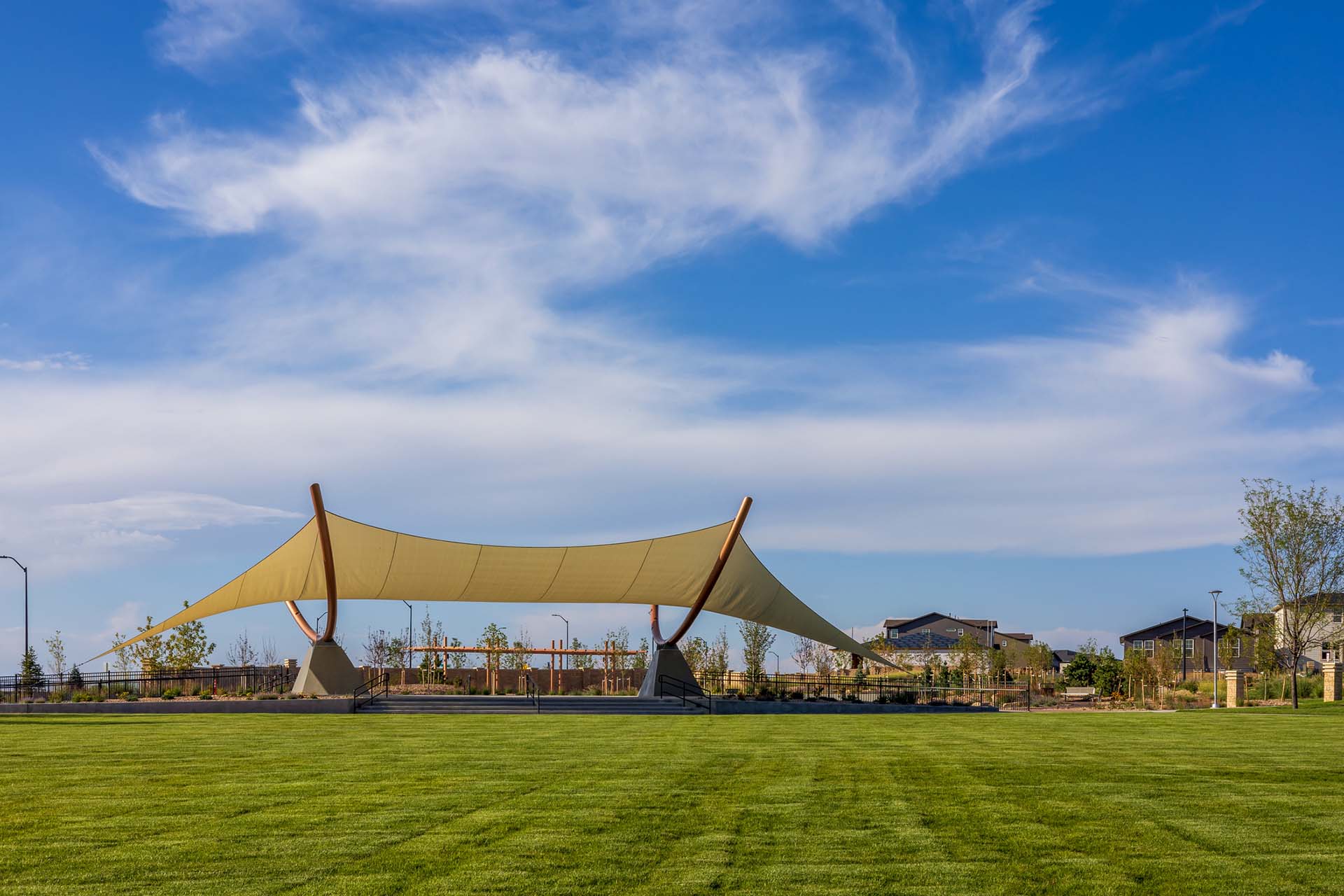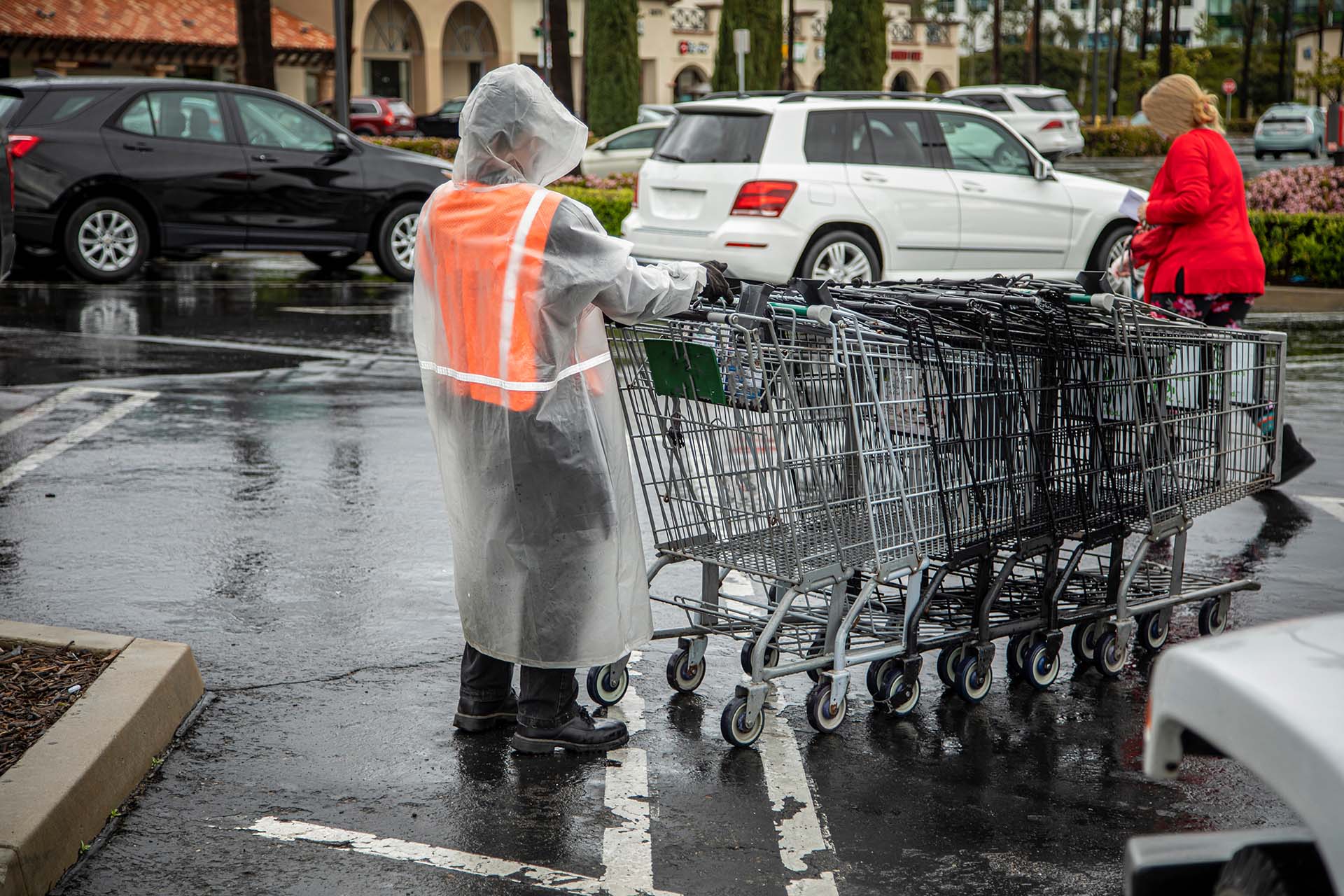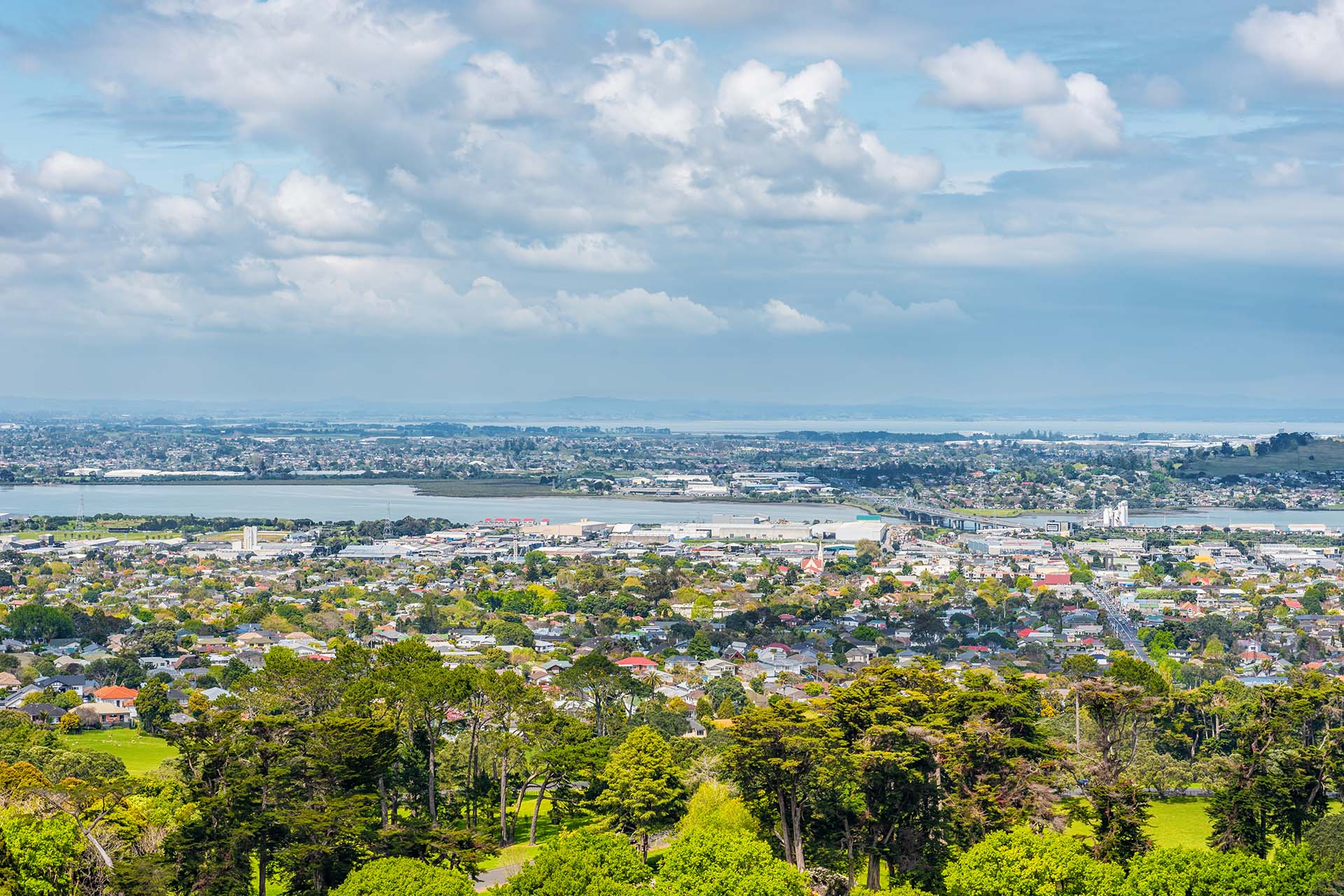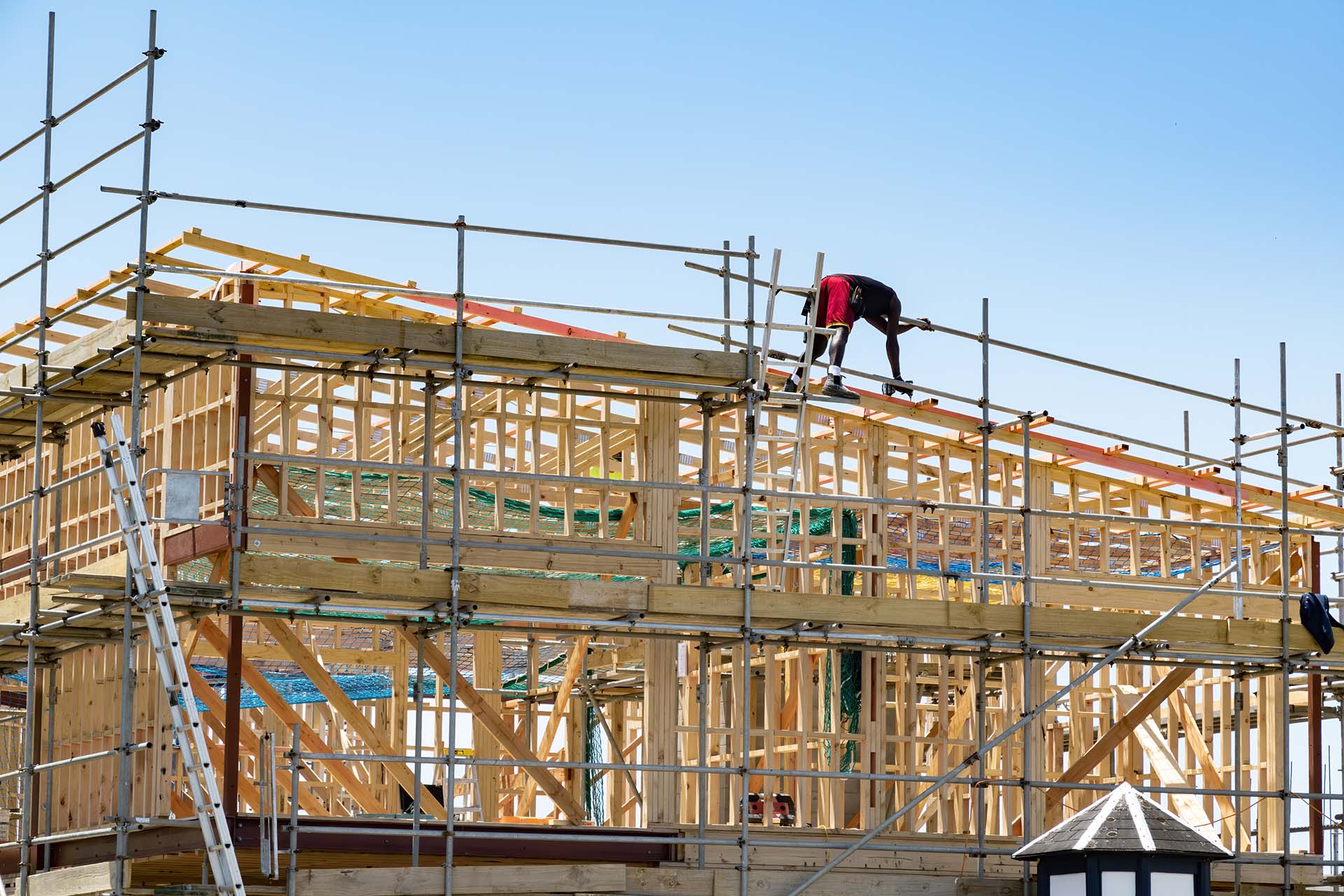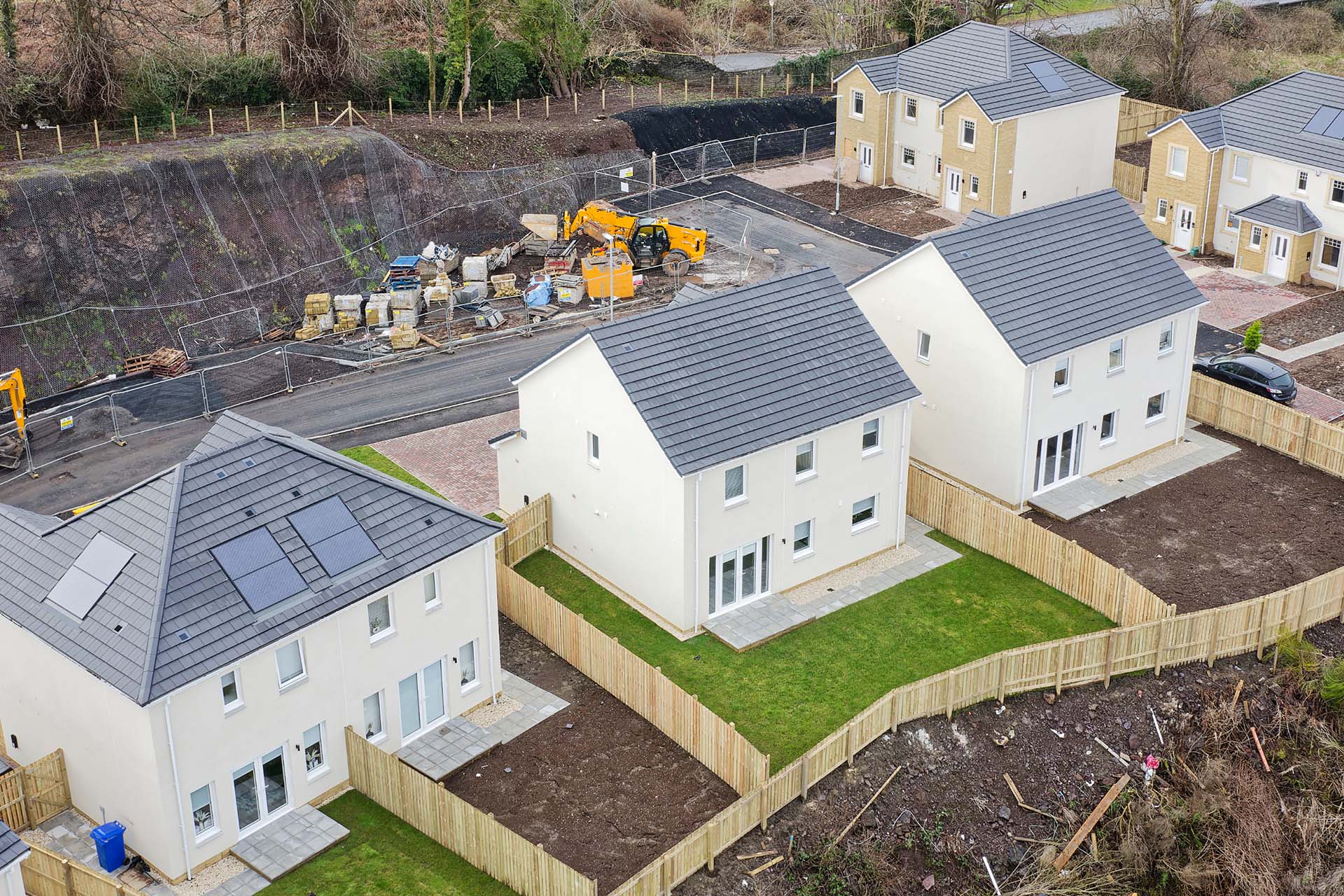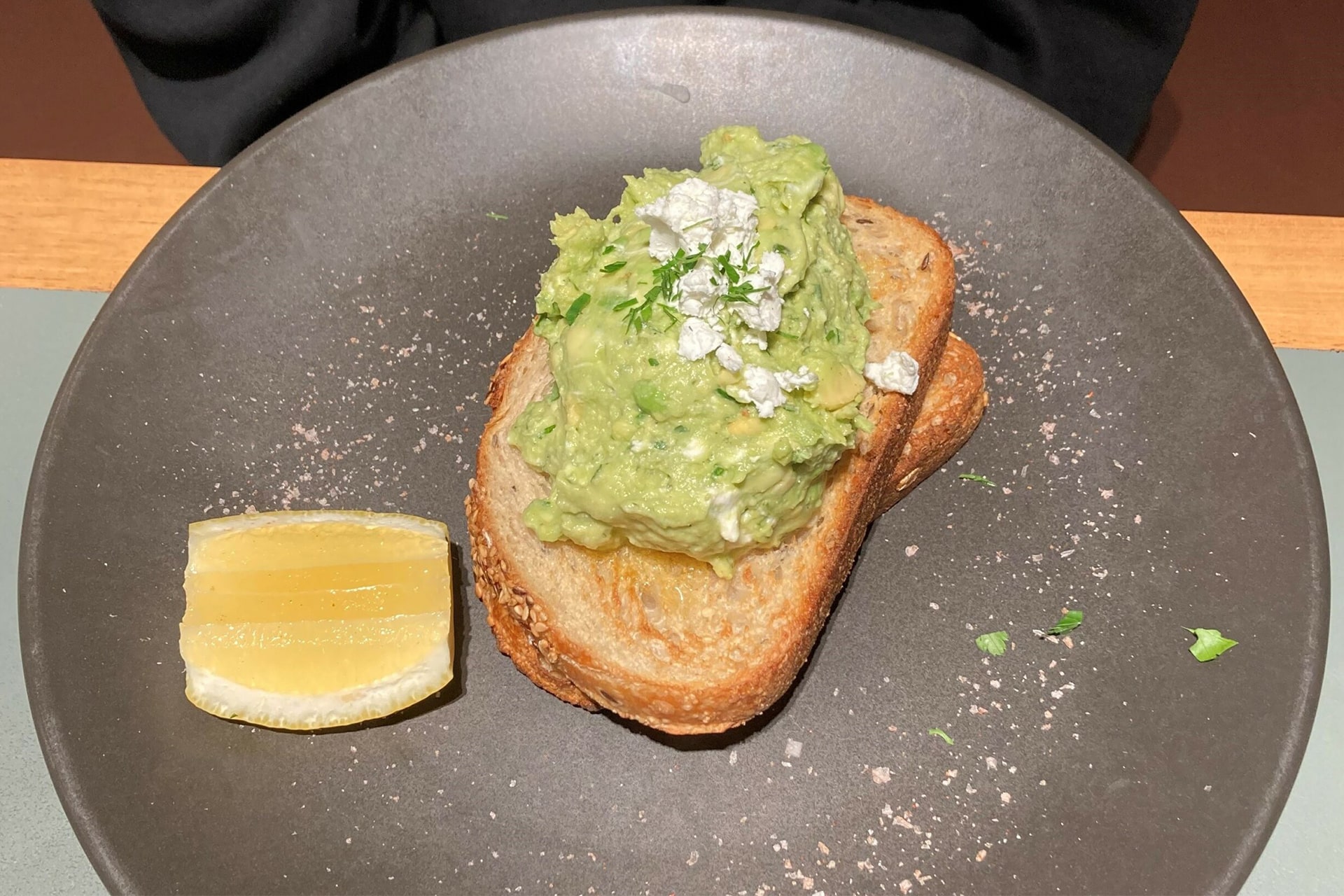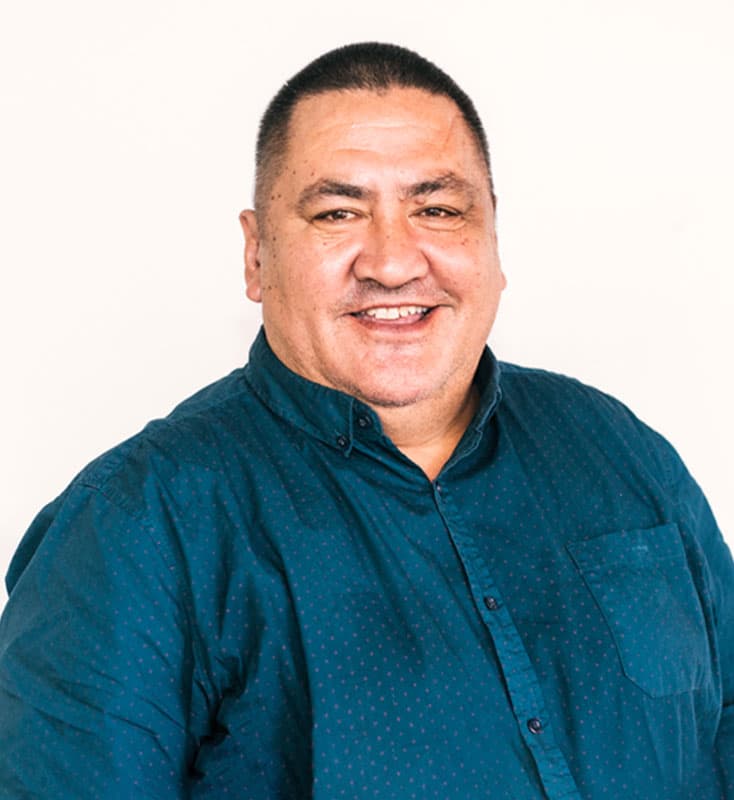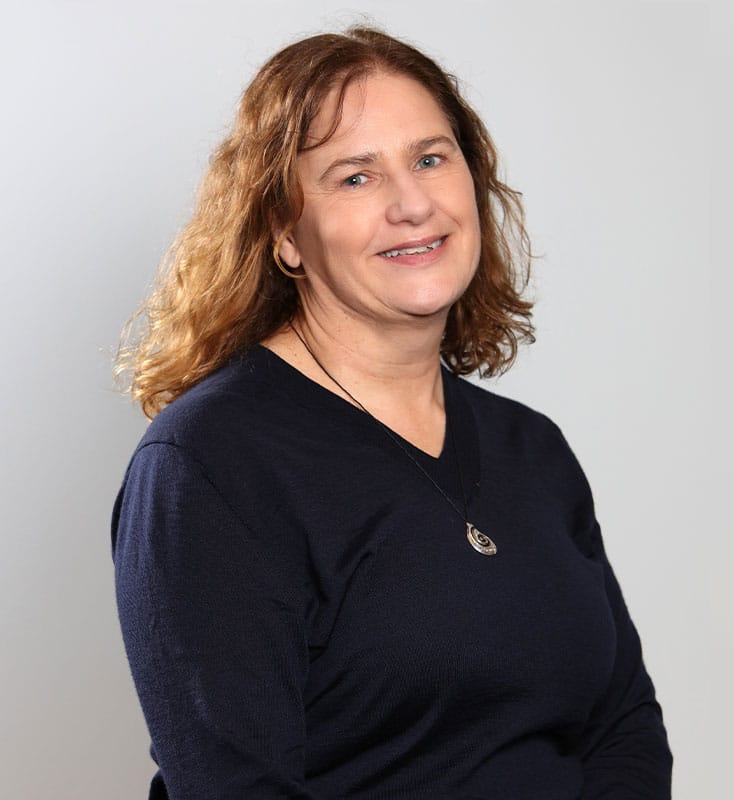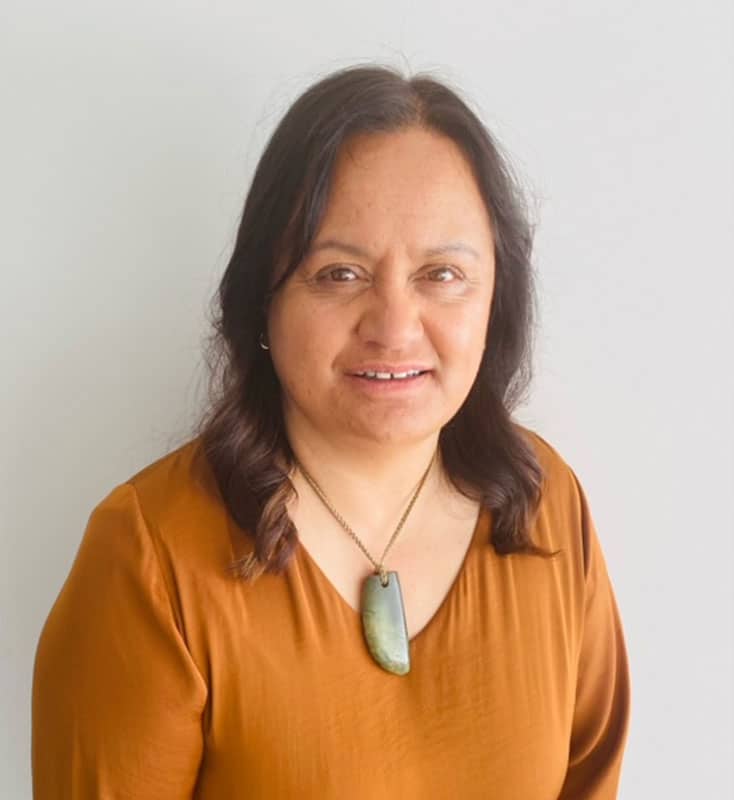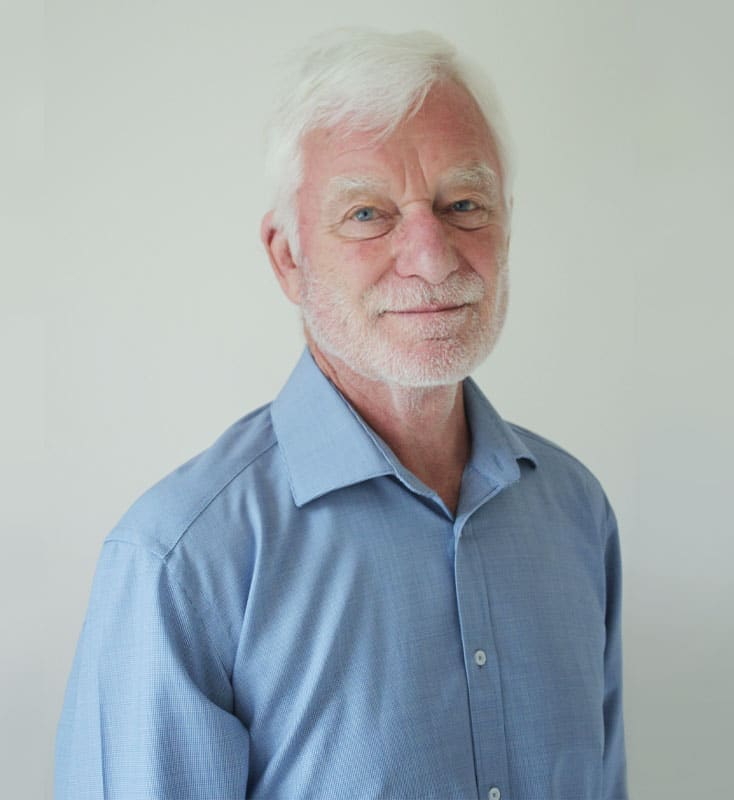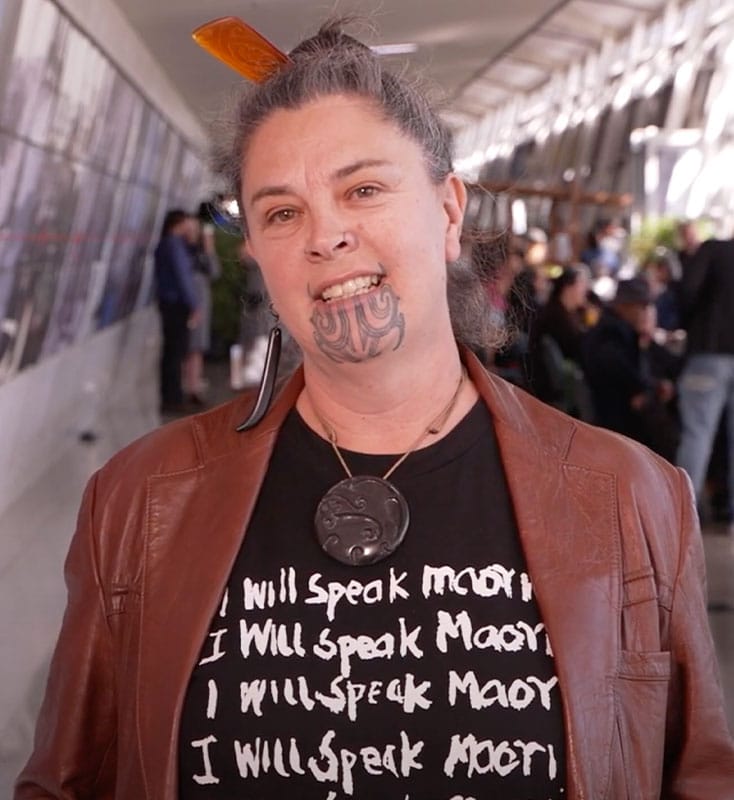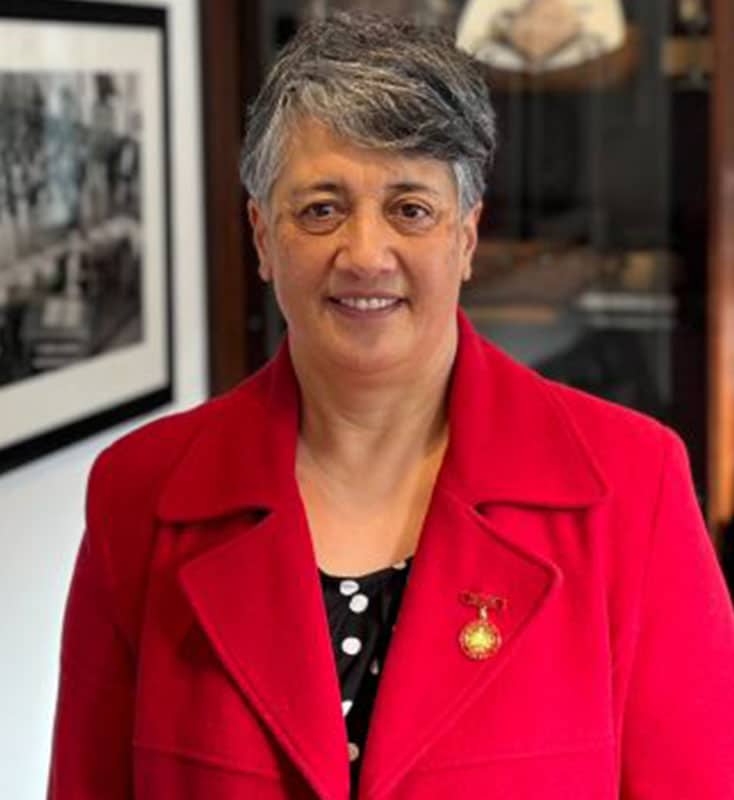Based on the documentary information and data available, research indicates that Special Housing Areas (SHAs) did not meet the anticipated supply response during the initial legislative timeframe of 2013-2016, and this legislation is set to expire in 2019.
These Housing Accords and their associated SHAs led to the central government intervening in local decision-making processes. Although there’s no mandate for public consultation on SHA proposals, two councils in the Western Bay of Plenty sub-region have publicly sought feedback. Notably, over two-thirds of submissions across all SHAs in the sub-region were in opposition. By August 2017, 15 SHAs had been established in the sub-region, with a significant concentration in Papamoa, primarily on greenfield sites. These SHAs vary considerably in terms of size, proposed dwelling numbers, and typologies. While they target a diverse range of home buyers, there’s a noticeable lack of rental housing provision. Current data doesn’t clearly indicate an increase in the number of dwellings on the market, a decrease in development time, or improvements in housing affordability related to SHAs in the sub-region. This aligns with findings from Auckland’s SHAs. Currently, there’s minimal evidence suggesting that SHAs in the sub-region can enhance liveability and sustainability, unlike in other areas where SHA developments have integrated these aspects into housing and neighbourhood design.


